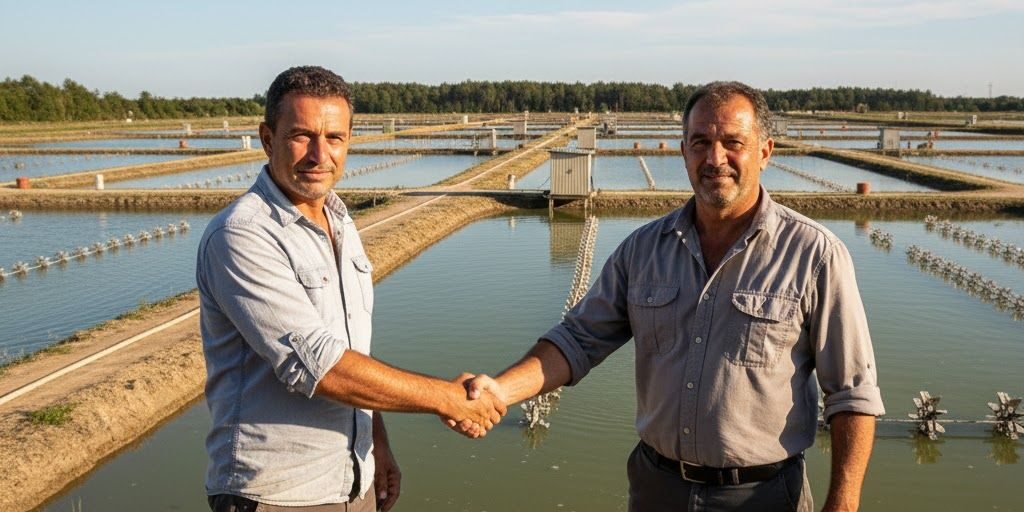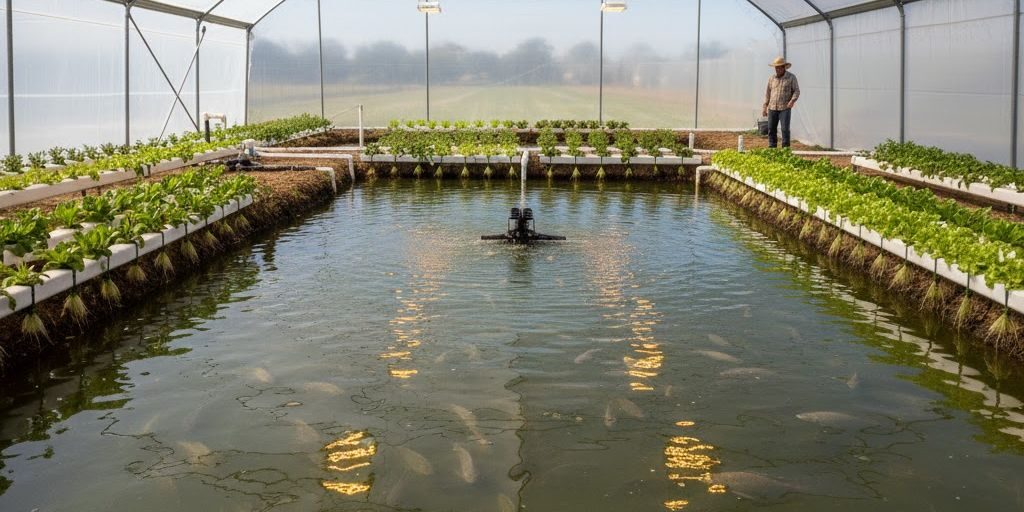- Software Gestor para Aquicultura
- (85) 2139-6730
- contato@despesca.com.br
10 Strategies to Find New Distribution Channels for Your Product in Shrimp Farming

Lunar Phases & Shrimp Molting: Optimal Timing for Stocking & Harvesting
21/10/2025
Automatic Feeders and Sensors
23/10/2025In shrimp farming, expanding market access requires technical expertise to identify new distribution channels for your product. Implementing effective strategies is essential to reach new buyers and reduce operational risks. This article presents ten practical and technically sound strategies to help producers discover and implement efficient distribution channels focused on logistics, quality, and market reach.
1. Map the target market and segment channels
The first step is to map your target market and determine which channels are best suited. For example, shrimp producers may focus on gourmet restaurants, premium supermarket chains, or export opportunities. This mapping process enables exploration of new distribution channels for your product, reducing marketing costs and improving positioning.
2. Build partnerships with local distributors
Once your target segments are identified, build partnerships with regional distributors. These partners already possess the necessary infrastructure for refrigeration and transportation, facilitating entry into new markets while minimizing product losses during shipping.
3. Use direct sales or e-commerce platforms
Direct sales — selling straight to consumers or small retailers — represent one of the new distribution channels for your product. Setting up an e-commerce website or joining specialized seafood marketplaces can greatly expand your customer base and increase profit margins.
4. Join B2B supply chains (food service sector)
Expanding into the food service industry requires compliance with strict quality, packaging, and traceability standards. Shrimp or fish producers must maintain HACCP certification and cold-chain continuity. This channel offers scalability and consistent demand.
5. Explore export markets and regulatory compliance
Exporting requires attention to tariffs, logistics, certifications, and trade agreements. Understanding port logistics, specialized shipping, and compliance with destination country standards is vital. This is one of the most advanced new distribution channels for your product, offering global diversification.
6. Implement reverse logistics and monitoring systems
Efficient logistics include not only outbound but also return processes, such as reusable packaging or product exchanges. Real-time monitoring through sensors or geolocation ensures quality control from pond to customer delivery.
7. Offer product differentiation and added value
Providing added value (e.g., peeled shrimp, frozen portions, or retail-ready packaging) opens access to premium retail and convenience markets. Product differentiation enables entry into higher-margin channels that prioritize presentation and quality.
8. Attend trade shows and use business matchmaking platforms
International aquaculture trade shows and digital matchmaking platforms help connect producers with importers, retailers, and food service chains. This approach accelerates access to new distribution channels for your product and facilitates long-term partnerships.
9. Leverage digital marketing and brand building
Building a strong online presence — website, social media, or technical blogs — strengthens brand identity and improves access to premium channels. Highlighting sustainable farming practices and traceability attracts eco-conscious buyers and distributors.
10. Monitor channel performance and adjust strategies
Finally, monitor key indicators: transportation time, loss rates, profit margins, order frequency, and customer satisfaction. These data points help identify the most profitable channels, allowing producers to refine their distribution strategy effectively.
Conclusion
By applying these ten strategies, shrimp or fish producers can identify and activate new distribution channels for your product, optimizing logistics, production, and commercialization. Channel diversification not only boosts growth but also minimizes operational and market risks.




